
For those of you who love noodles, you’ve probably been confused about the difference between bakmi and mie ayam. At first glance, they do look alike. Both are noodle dishes, both are delicious, and they can be found everywhere, from street vendors to upscale restaurants. But it turns out they have quite different histories, ingredients, and flavors! Want to know the difference? Let’s dive into this article. We’ll unpack the differences between bakmi and mie ayam, plus the cultural stories behind these two beloved dishes!
Origins and Cultural Background
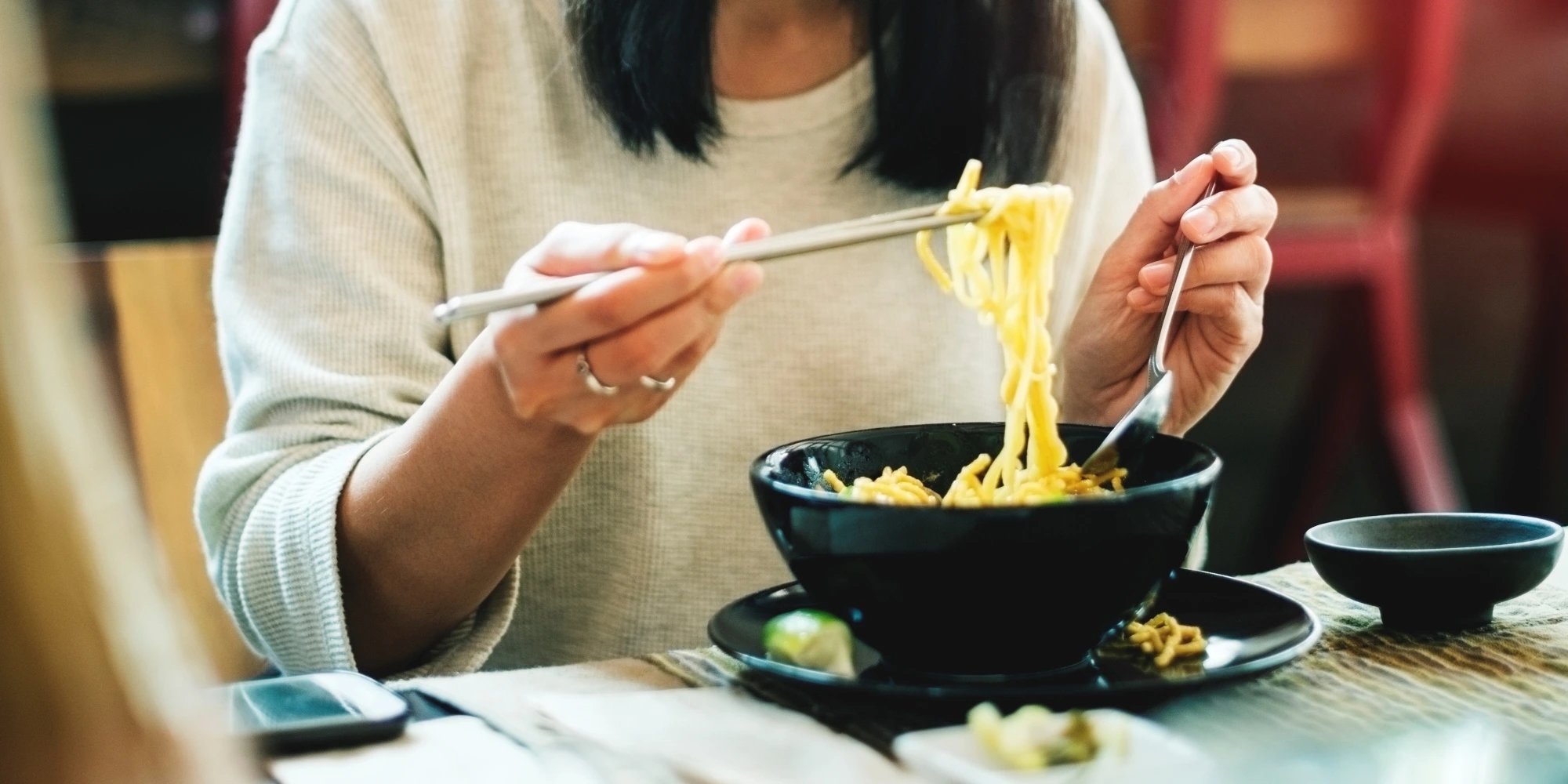
Bakmi originates from Chinese culinary traditions that entered Indonesia centuries ago. The name “bakmi” comes from the Hokkien language, bak means meat and mi means noodles. In its early days, bakmi was served with pork, just like in the original Chinese version. However, as the dish spread across Indonesia, the recipe began to adapt to local tastes and beliefs, replacing pork with chicken, beef, or even going pork-free entirely.
Meanwhile, mie ayam can be seen as a product of Chinese-Indonesian culinary acculturation. It’s a more “Indonesian” version of bakmi. Sweet soy sauce seasoning, spiced chicken toppings, and savory broth have become the signature features of mie ayam, loved by everyone from college students to big families.
Beyond the origin story, there’s still more to learn about the difference between bakmi and mie ayam. What are they?
Differences Between Bakmi and Mie Ayam
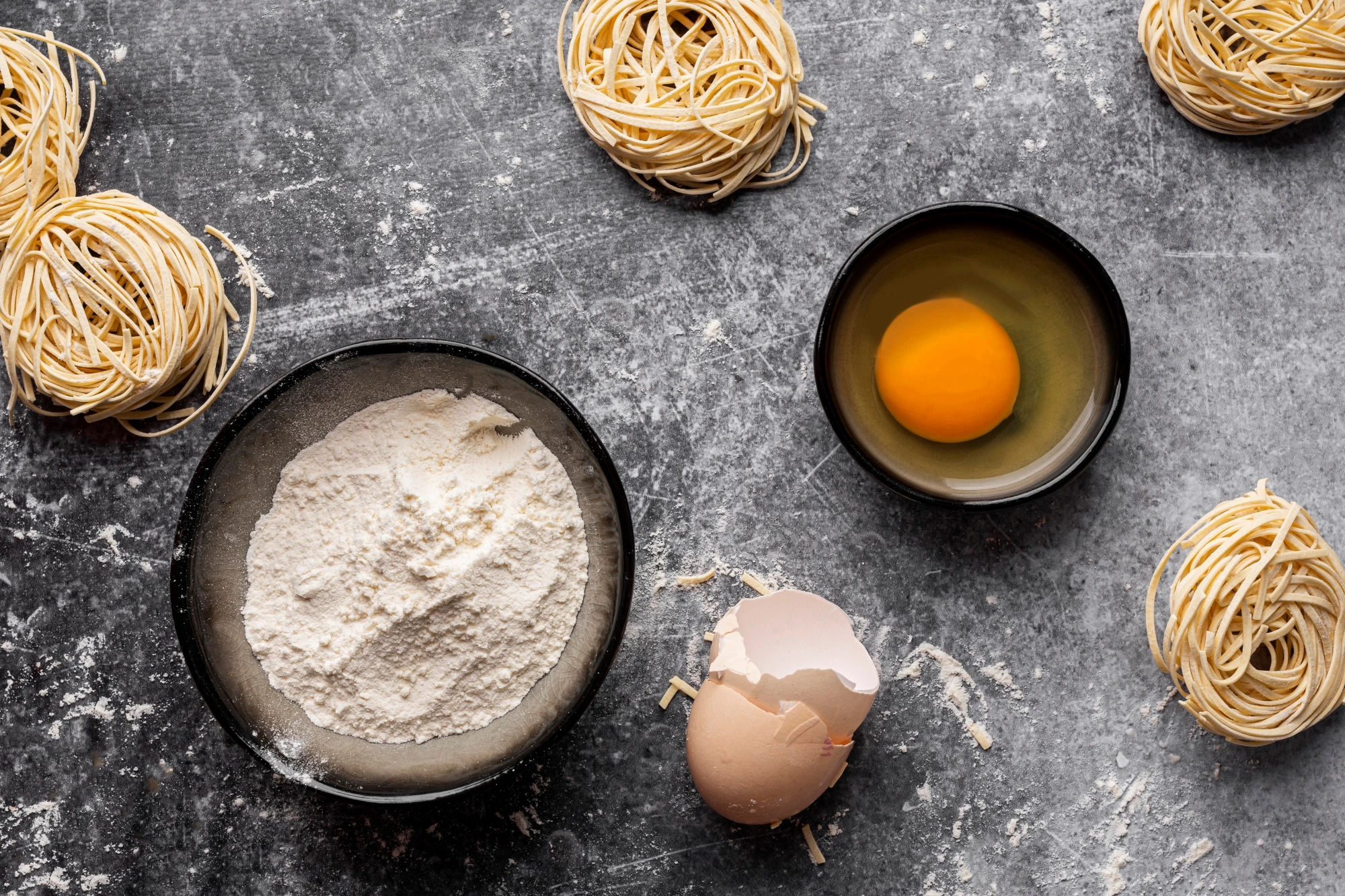
1. Noodle Base Ingredients
The most fundamental aspect of the difference between bakmi and mie ayam lies in the noodle ingredients. Bakmi is typically made from a mixture of wheat flour and eggs. Baking soda is sometimes added to give a chewy texture and savory flavor. Its yellow color comes from the eggs.
On the other hand, mie ayam often uses simpler noodles, sometimes eggless, made only from wheat flour and water. The texture is softer and the color is paler.
2. Cooking Process
Bakmi is usually boiled, then rinsed with cold water to stop the cooking process and retain its chewiness. After that, it’s often mixed with oil (like chicken oil or sesame oil) to keep it from sticking and to add aroma.
Meanwhile, mie ayam is simply boiled and mixed directly with oil and seasonings, then served with chicken toppings and broth.
3. Serving Style and Toppings
Bakmi has many topping variations depending on the region and cooking style. Some use minced chicken, mushrooms, beef, or even seafood. The sauce can be thick, savory, or slightly sweet.
Mie ayam is commonly topped with sweet soy chicken, boiled mustard greens, chicken broth, chili sauce, and fried shallots. Its flavor profile is more familiar to Indonesians, offering a distinctive sweet-savory combination.
Read More : Differences Between Free-Range Chicken and Broiler Chicken to Know Before Buying
Which One Do You Prefer? Make It Healthier with FiberCreme!
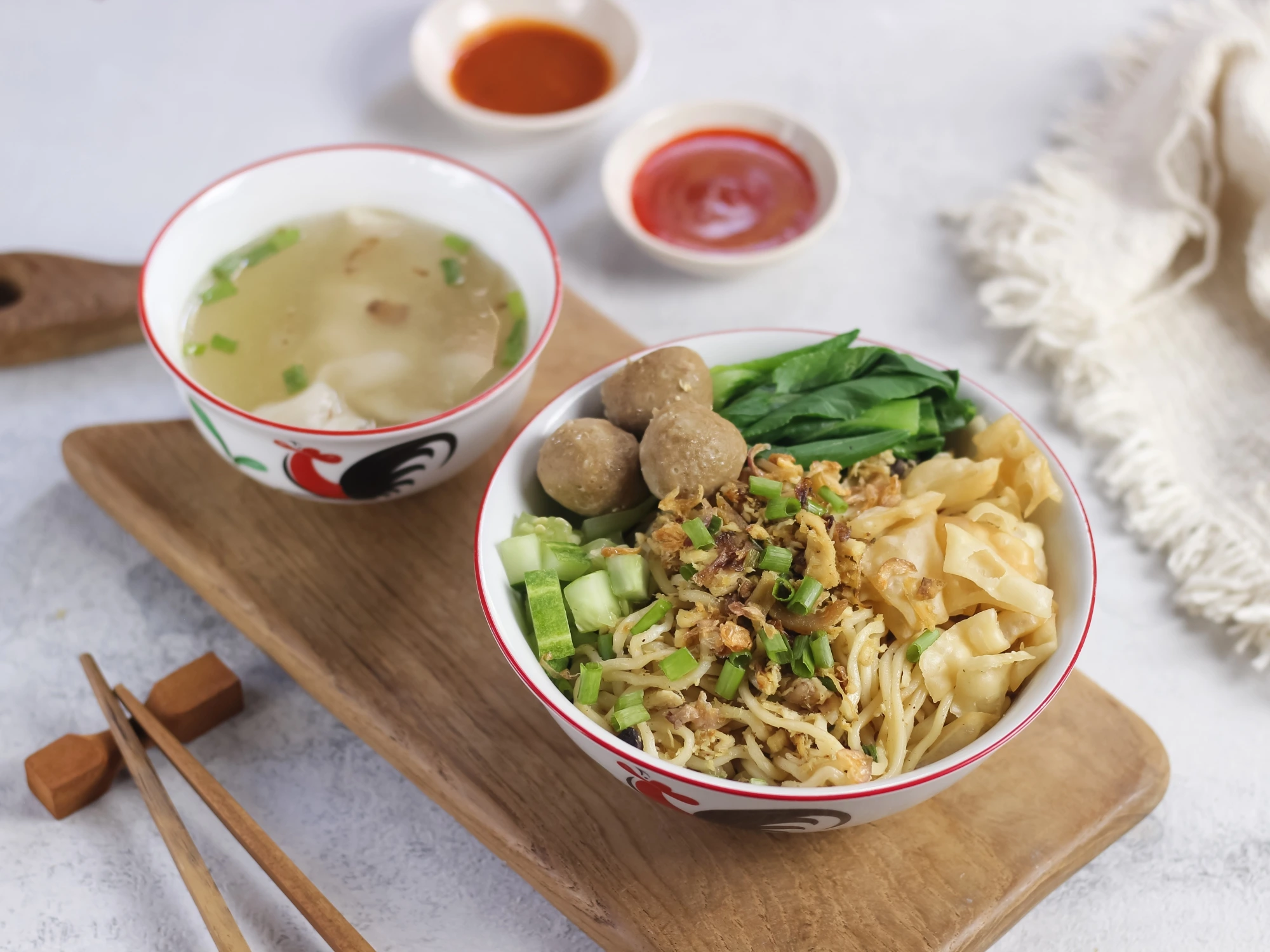
Now that you know the difference between bakmi and mie ayam, it’s time to get creative in the kitchen! Whether you want to make savory mie ayam broth or a creamy sauce for your special bakmi, use FiberCreme as a milk or cooking cream substitute, it stays creamy but is way healthier!
With high fiber content, low sugar, 0mg cholesterol, and lactose-free benefits, FiberCreme is perfect for those of you who want to enjoy noodle dishes without worrying about cholesterol or lactose.
There are so many other dishes you can make tastier and healthier with FiberCreme! Check out more recipe inspiration on Instagram @FiberCreme_TV and the Ellenka YouTube channel!

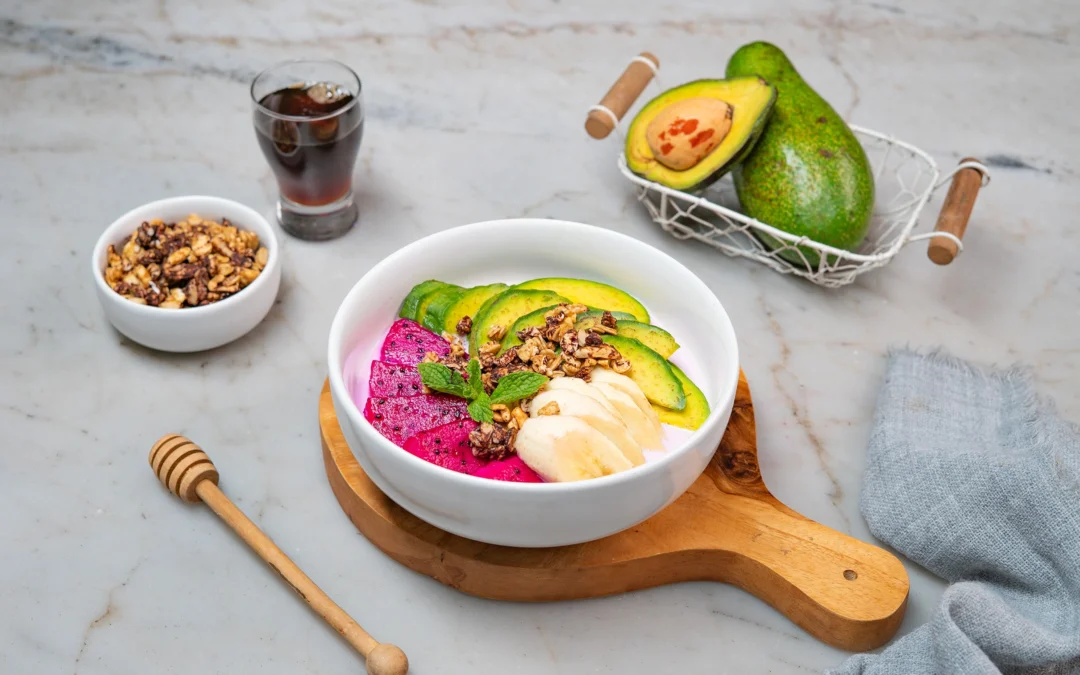
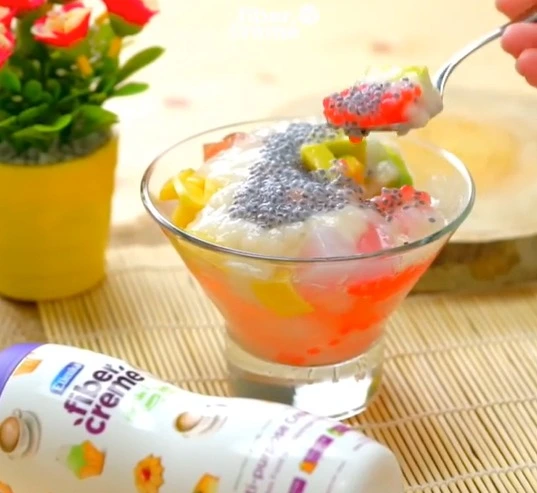
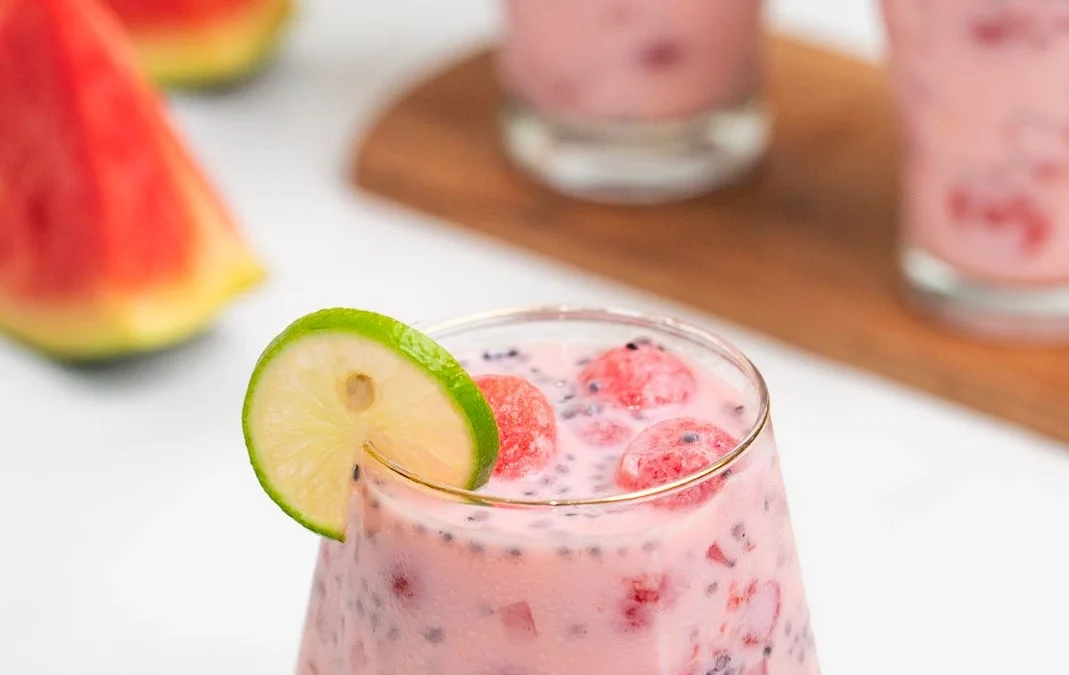
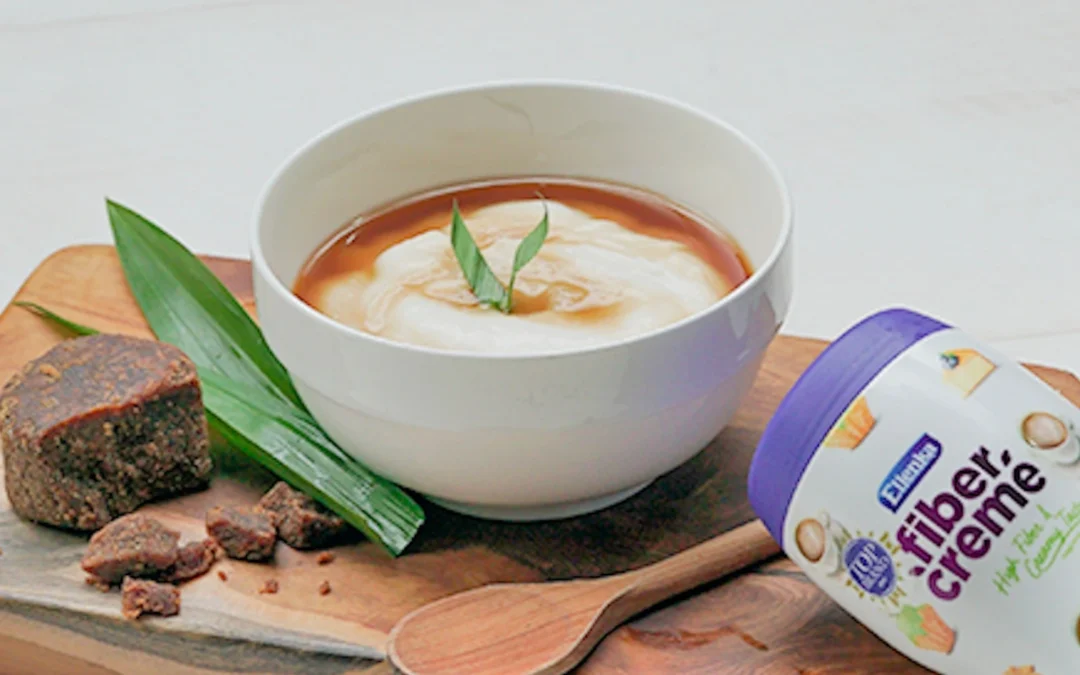
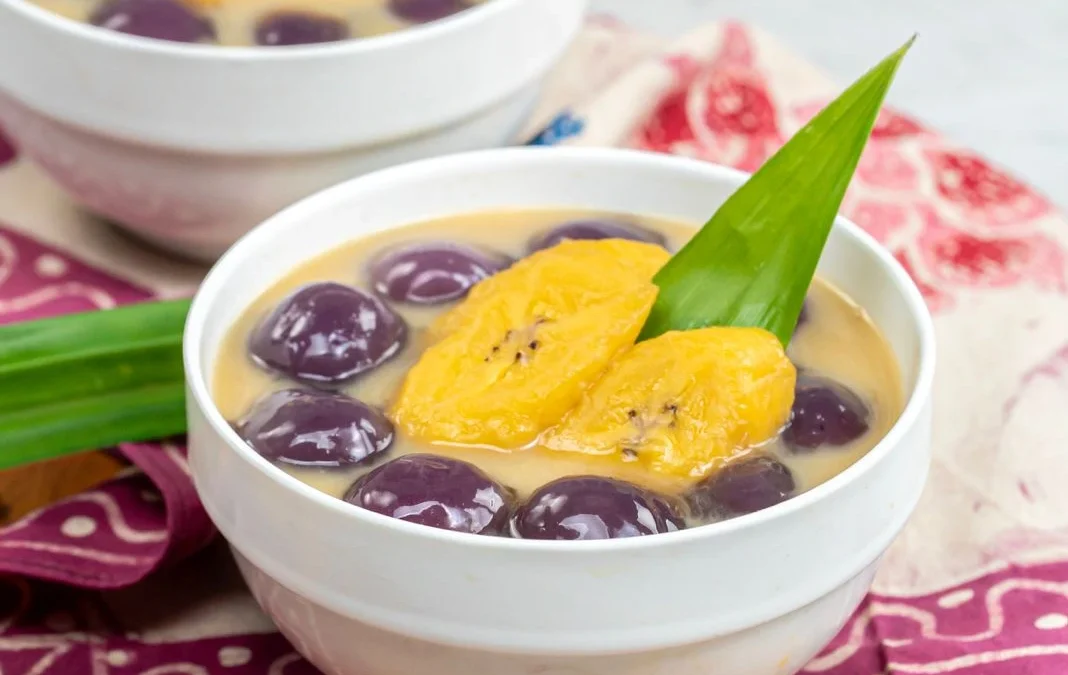
0 Comments